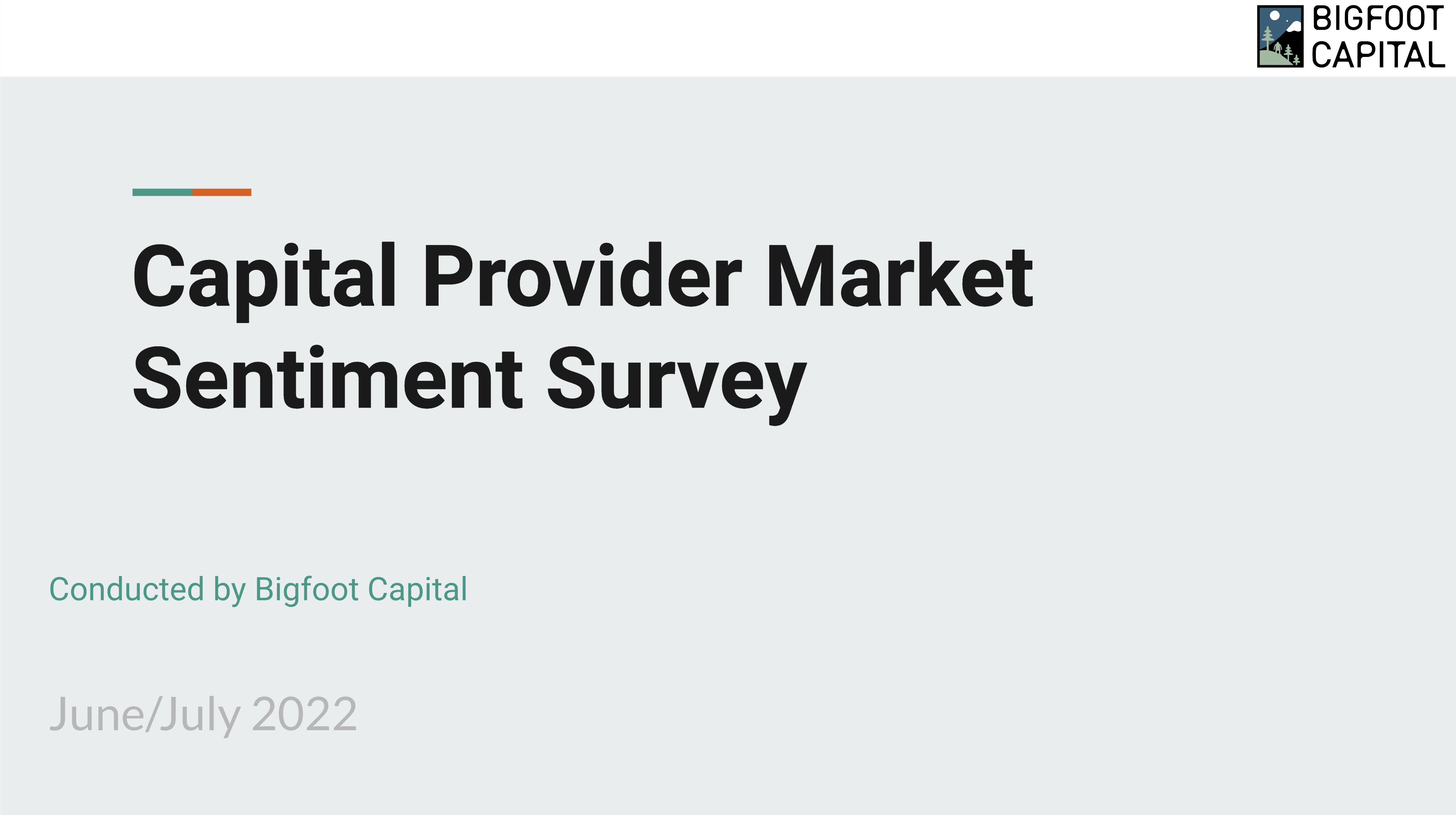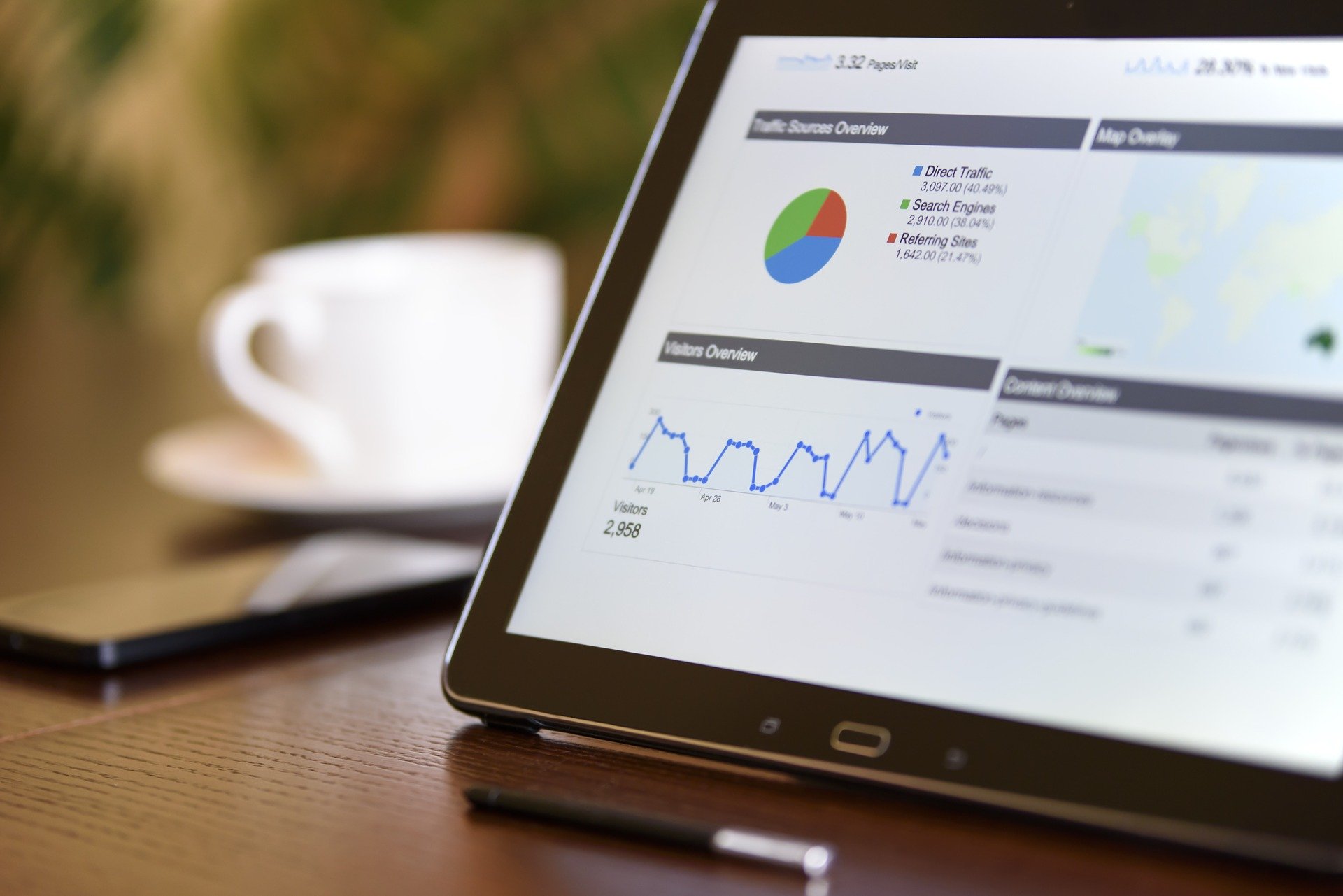
By Clint Jackson, VP of Finance at BombBomb
If you’re a CFO in a high growth recurring revenue business, you’re probably running a loss on your income statement. That loss comes primarily from two things:
- Current sales and marketing (S&M) expense spent to acquire future revenue
- Product (R&D) investment that only makes sense at a higher projected customer quantity
As CFO, it’s your job to determine if these expenditures are in line with future profitability targets, capital constraints and competing priorities. Determining the right amount of sales and marketing spend is relatively straightforward using ratios like rCAC (return on CAC spend) and GMPP (gross margin payback period). If you are not currently utilizing those measures, you can learn more here.
However, R&D expenses have largely been a mystery me. The best way I’ve found to do that is through the lens of customer lifetime value (detailed below). This method allows you to look at the R&D expenses relative to your projected growth as well as other cost inputs (CAC, COGS, etc). So, What’s the Right Amount of R&D Expense for a SaaS Company?
Traditional Ways to View R&D Expenses
- Comparable ratios – viewing your R&D expenses relative to peers as a % of revenue or ARR, etc.
- Problem #1 – product cost structures are different –if you’re a product-driven growth company, you can afford to spend a much higher R&D expense as a % of revenue than if you’re a sales-led company. Also, what does your gross margin look like? Or even your churn rates? Viewing your product against peers seems a bit “apples to oranges” because all products are different and required different cost inputs.
- Problem #2 – Growth – if you are growing or planning to grow you can justify much more product spend than if you are not. A current financial statement does not account for your projected growth.
- Rule of 40% – making sure everything shakes up to an EBITDA margin + revenue growth rate = at least 40%.
- Problem #1 – this metric is very difficult to achieve, especially for early-stage companies.
- Problem #2 – It’s very high level and doesn’t help to understand what is best today in terms of R&D and S&M, etc.
How to View R&D in Terms of Customer Lifetime Value
Conceptually to do this calculation you need to build a customer lifetime value income statement. Here is the breakdown of the calculation:
1. Collect key data:
2. Build a customer lifetime value income statement:
- LTV of Revenue (A) = ARPU * LTV in Months
- Cost of revenue (B) = LTV Revenue (A) * (1- Gross Margin)
- S&M (C) = CAC
- Simply put, CAC = S&M/# new subscriptions. This should be something you’re tracking every month
- G&A (D) = using 16.5% of LTV of Revenue. This is the approximate G&A as a % of revenue I believe a mid-size SaaS company will be at in 3 years. I’ve taken this information primarily from comparables of typical mid-size SaaS companies.
- R&D (E) = establish your target operating margin which needs to be achieved for your company at some day. I’m using 25% in this model. Now subtract the target profit margin by the other expense items, so in the case above (1-25%-16.5%-19%-23%) = 16.8%
The 16.8% ($631) is what you can afford to spend in R&D per customer during their life with your company while maintaining your target EBITDA margin of 25%.
3. Convert R&D per customer to total R&D this year:
To determine the amount you can spend this year in total, you have to first allocate a year of R&D spend you allocated for a customer and then multiply that by your number of customers. Every high growth company must build the product to meet the demand it will have not currently has; this means we will want to use our projected customer count rather than current. As with any future value number, you will need to discount it back to present value at your cost of capital. We must do this to reflect the cost & risk required for you to raise capital in order to spend the R&D today for customers in the future.
Calculation detail:
- R&D Allocated per customer per life time value – from your calculation in the prior section
- Life time in months of customer – this is the projected amount of months a customer will stay with you.
- R&D per customer per year – A/B *12 or 631/50 months * 12 months – this will tell us how much we’re allowed to spend per year per customer.
- Projected Customer 3 Year plan – Projected # of paying subscriptions you plan on having in 3 years
- PV Factor 3 Yr at WACC – I assumed a round 20% WACC on this calc but plug in your own. PV factor = 1/(1+20%)^3. 20% is the WACC and 3 is the number of years.
- PV of Projected Customers – D * E
- R&D spend this year – F * C
4. Interpretation of the results:
- If you’re spending less: consider loosening the reins and spending a bit more if capital permits you to do so and the need is there.
- If you’re spending too much – your current R&D spend is not justified by your projected growth, consider:
- Questioning your focus – perhaps you’re spending money in product development which needs to be dropped and moved to more important features.
- Questioning your pricing – this may be an indicator your product is not priced high enough.
- With the variables and assumptions tackled above, you can then graph your projected EBITDA loss and rule of 40% based on your revenue growth rate. I won’t get into the specifics of the calculation here but see below for a sample graph.
- This calculation has a lot of variables you need to be careful of, think each assumption through carefully (ARPU, CAC, projected customer count, etc). I’m confident the exercise of viewing your R&D spend through customer lifetime value will be very informative for you.
[Note: Give it a try yourself with this custom spreadsheet. Enter your own numbers, play with your R&D variables, and see what it means for your own Customer Lifetime Value.]








